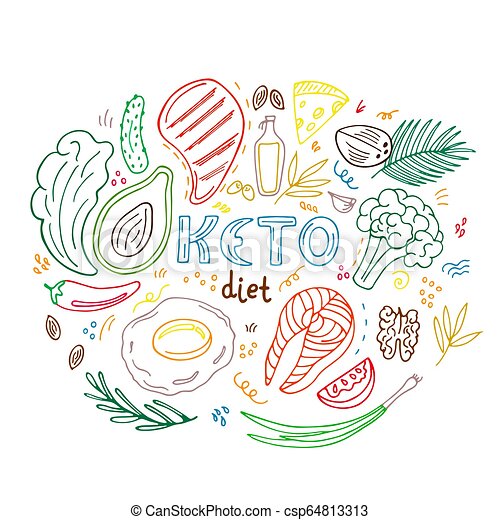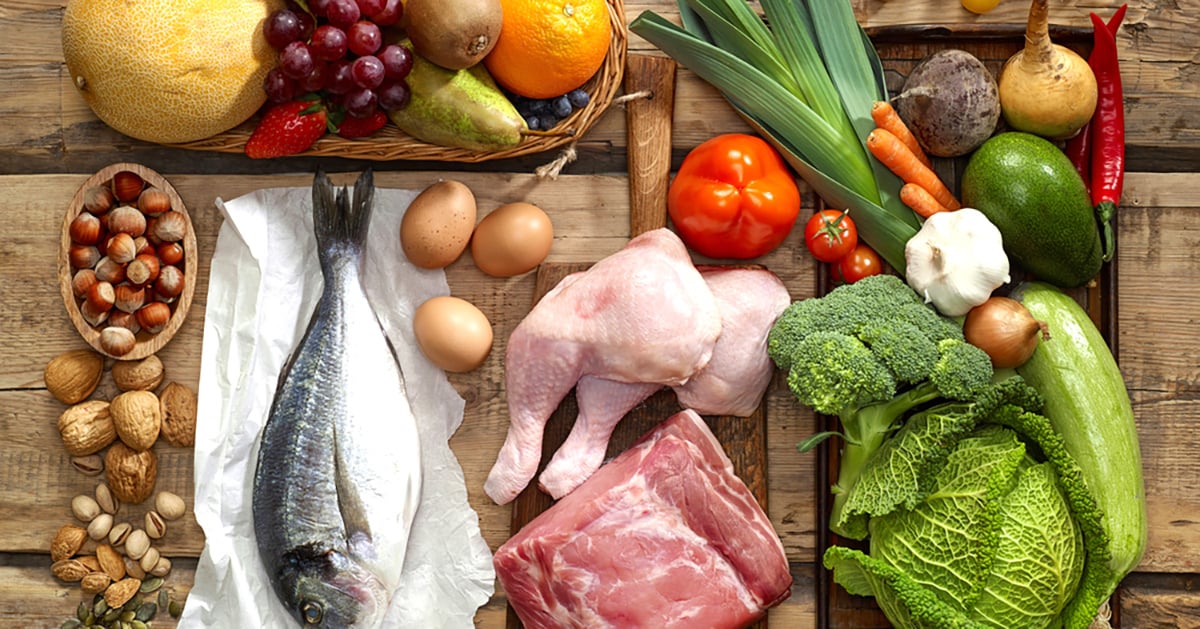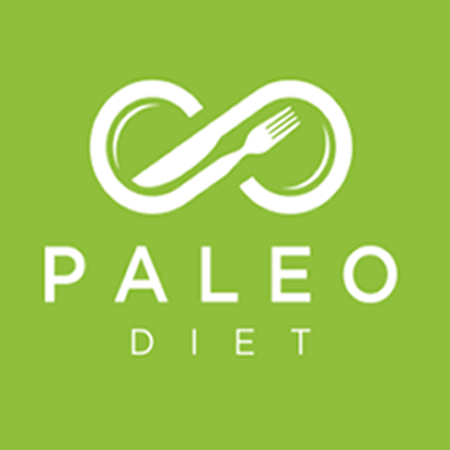
Asparagus is an excellent food choice for pregnant women. Asparagus is one the best natural sources for folate and vitamin B. Asparagus is great in soups, salads, and even as a part of a meal on a sheet pan. This meal is simple to prepare and can easily be doubled to feed more people. This makes it even easier to prepare and can be doubled so that you have leftovers for another day.
Plantain Bread is a paleo pregnancy option
If you are pregnant, this recipe will be a good choice. Although banana bread is a timeless classic, it can be difficult to make Paleo friendly. It will require mashed bananas, eggs and vanilla extract. It is also necessary to combine the wet and dry ingredients. The batter won’t rise if all the wet ingredients have been well combined.
Plantain bread is a delicious, low-sugar alternative to traditional bread, and can be made using just five ingredients. You can experiment with the flavor to suit your taste. For a delicious treat you can even make it into sandwiches. The best thing about plantain is that it can be made into a paleo-friendly bread. Even better, you can eat it throughout your pregnancy, as you'll find the carbohydrate content is low enough to make it an excellent choice for your diet during pregnancy.
Liver is a superfood for pregnant women
Pregnant women who follow the Paleo diet will find liver a valuable addition. Liver is a great source of choline, an essential nutrient. Liver can be found from grass-fed animals and is very affordable. While liver may pose some health risks if eaten in large quantities, moderate consumption can offer a significant nutritional boost. Find out how to prepare liver and how you can eat it.

A complete multivitamin is one of the many benefits liver has for pregnant women. It contains high concentrations of every vitamin, including iron, zinc, choline, and all of the B-vitamins. Additionally, liver is an excellent source of vitamin A which is essential for the development of a baby's developing brain. Although liver is not recommended for consumption during pregnancy according to many experts, small amounts can be consumed later in pregnancy.
Fish roe, a superfood, is great for pregnant women
Sacred to many cultures, salmon roe is a superfood that is excellent for both men and women. Its high ratio of omega-3 fatty acids, as well as other nutrients, help pregnant women thrive and give birth to healthy babies. For its high levels of omega-3 and 6 fatty acids, salmon roe was eaten by arctic peoples since ancient times. A Weston A. Price discovered that fish roe is equally beneficial for baby and mother.
Salmon roe has a varied nutritional profile that may provide special benefits to both pregnant and unpregnant women following paleo diets. It contains choline, selenium, and specific B vitamins, as well as a high concentration of DHA. These nutrients could improve cholesterol levels and help brain development. These effects can be subtle, but they are worth investigating.
Bone broth is a paleo recipe for pregnancy
Your body requires more protein when you are pregnant. This recipe will help you feel full while also keeping your body hydrated. During this time, bone broth can soothe your stomach and calm it so that you can focus on your growing baby. Even if morning sickness is present, bone broth can soothe your stomach and provide essential nutrients for your baby.
Bone broth can also help balance hormones and increase fertility. It is also beneficial for pregnant women as it increases nutrient absorption. Bone broth is rich in minerals, including calcium, phosphorus, and magnesium, which must be obtained from the diet. Without these minerals, you may develop a deficiency while pregnant. Collagen in bone broth can also improve fertility and help you have a healthy pregnancy.
Pregnant women will love legumes as a superfood

Numerous health benefits are associated with legumes. In addition to providing protein and vitamins, they provide fiber that helps prevent common pregnancy problems like constipation and hemorrhoids. They are low in fat and cholesterol, and they are affordable. You can add them to your paleo food plan. You can learn more about legumes and their benefits for pregnant ladies. Even legumes can be used in salads.
Women should consume enough calcium during pregnancy. Vitamin D is essential for the development and maintenance of the baby's bones, so it is vital that pregnant women eat enough of it. A low intake of calcium may lead to osteoporosis later on in life for pregnant women. Many Paleo dieters believe they can get calcium only from dairy, but this is not true. Calcium is found in bone broth and bone-in seafood.
Low-carb diet improves fertility
A low-carb diet can increase fertility by cutting down on refined carbohydrates. It can also help to maintain normal weight and menstrual cycle. The best way to achieve optimal fertility is to eat moderately low-carb foods. Whole grain breads, whole grains, and fruits are best choices. Avoid soft drinks and added sweeteners as they can harm fertility. Three servings of vegetables per day is a good goal. These vegetables are excellent sources of fiber as well essential vitamins, minerals.
Studies have shown that reducing carbohydrates before conception can increase the number and quality of ovulations. As a matter of fact, assisted reproduction programs often advise women to reduce their carb intake while men should consume more fat and protein. These changes can improve oocyte quality and egg production, and increase fertility rates. It can also be beneficial for women with PCOS, and other infertility problems. The reduction of insulin and other markers of inflammation has been associated with low-carb eating habits.
FAQ
How long does it take for you to learn to cook? What time do you need to learn how to cook?
It all depends on what level of skill you have. Some people can pick up basic cooking techniques within a day or two. Others may take several months or longer to feel competent enough to teach themselves how they cook.
The amount of time needed to learn to cook varies considerably based on the person. For example, someone who has never cooked before would probably need more time than someone who cooks regularly. Also, certain types of cooking require more experience than others. Baking is more difficult than frying.
A specific technique will help you cook faster. After mastering one technique, you can move on to the next. You don't need to worry about how many days or weeks it took to learn how to cook. Keep practicing and enjoying the process.
How can I learn more about cooking?
You can find cooking classes all across the country. Many schools offer classes in baking, pastry, wine tasting, and more. A local community college, vocational school, or private institution can offer classes in cooking.
Are you able to cook by yourself?
Yes, you can self-teach cooking! Cooking is one of those things that everyone loves doing, whether they know how to do it or not. If you are interested in learning how to cook, start cooking at home. Start small, such as making pancakes for breakfast and spaghetti sauce at dinner. Experimenting with new recipes is the best way to learn to cook. You might even make some mistakes.
Cooking can take anywhere from a few hours to several months depending on the skill level. Cooking is more than following recipes. There are many ways to cook food. If you have an idea, follow it.
How much does culinary school cost?
Culinary school costs vary depending on where you go, how long you study, and what program you choose. Tuition costs range from $10,000 to $30,000. The average student graduates with $20,000 in debt. Some programs offer scholarships, grants, or work-study opportunities.
Statistics
- You'll be amazed that over 90% of CIA students receive scholarships and grants to finish their culinary studies. (ischoolconnect.com)
- In the United States, the category is estimated at $23.2 billion annually and is growing faster than the market. (washingtonpost.com)
- The median pay for a chef or head cook is $53,380 per year or $25.66/hour, according to the U.S. Bureau of Labor Statistics (BLS). (learnhowtobecome.org)
External Links
How To
How to become a chef
One of the most exciting careers is that of a chef. You will need to have a lot of skills and knowledge in order to choose the right job for you. There are many opportunities to begin working right away if this is your goal. You can choose to work at restaurants or in catering companies. Here are some tips and tricks to help you decide what career path is best for you.
-
Learn how to cook!
Cooking is something everyone should learn at least once in their life. You should learn to cook if you don't already know much about food. There are so many great recipes available online. They are also easy to follow. You should not rush learning new skills. Enjoy every step and take your time.
-
Do you want to become an expert chef? You will develop your own taste and style while learning valuable knowledge. Culinary schools offer courses such as baking, pastry making, meat cutting, and much more. Students are required to stay in class for several years before graduating. It is important to consider your options before choosing a school to train as a chef.
-
Work in a restaurant
Working in a restaurant is probably the easiest way to enter the world of chefs. Most people who decide to become a chef do this first because it gives them hands-on experience. Restaurants seek qualified staff, especially those with previous experience in the same field. Look for work in restaurants if your goal is to become a chef.